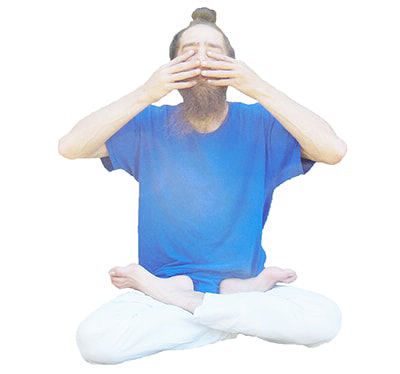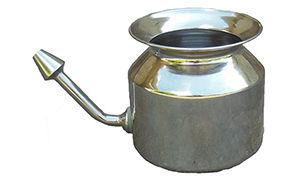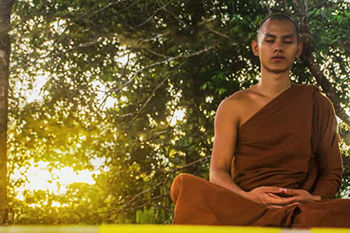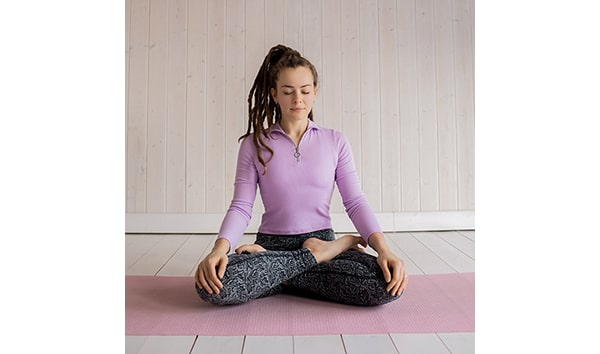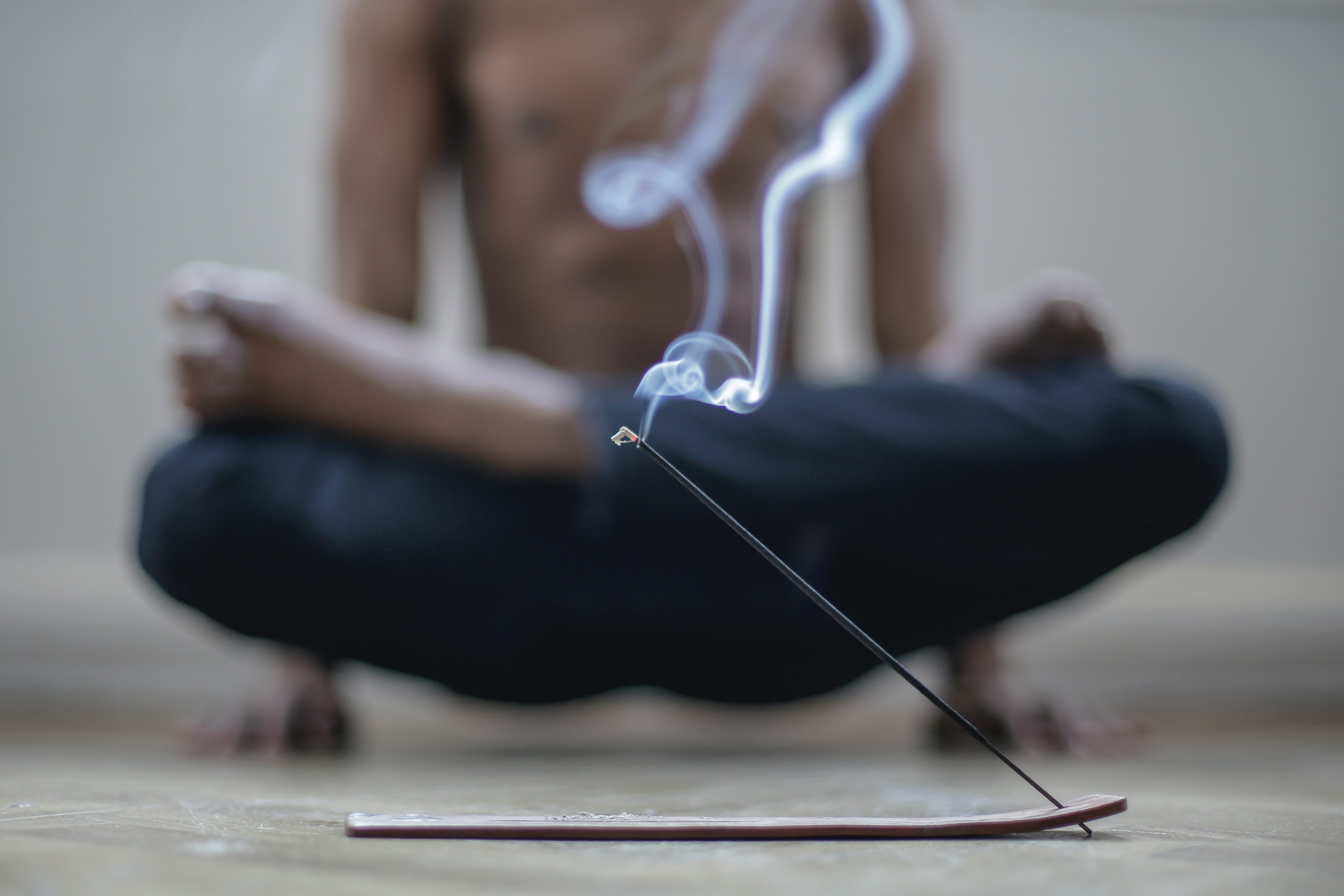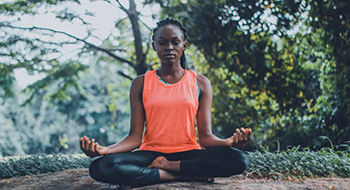In Sanskrit, Shan means "six," Mukhi means "face" or "gate" and Mudra means "gesture." This practice is a Mana Mudra meaning "head gesture" practice and is described in the Hatha Yoga Pradipika, Gheranda Samhita as well as the Shiva Samhita.
This Mudra is described as a practice that gives the practitioner the ability to never be polluted by sins. This practice is a practice that represents closing the six gates of perception - the eyes, ears, nose and mouth. This practice redirects the awareness inward by closing the six gates of outer perception.
The best time to preform this practice is in the early morning or before bed and after the practice of Asana and Pranayama and before Meditation.
